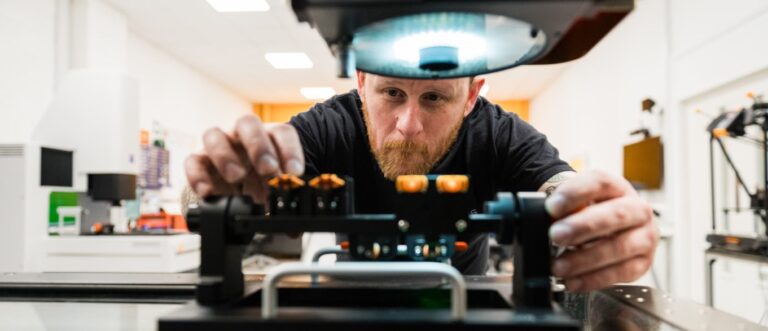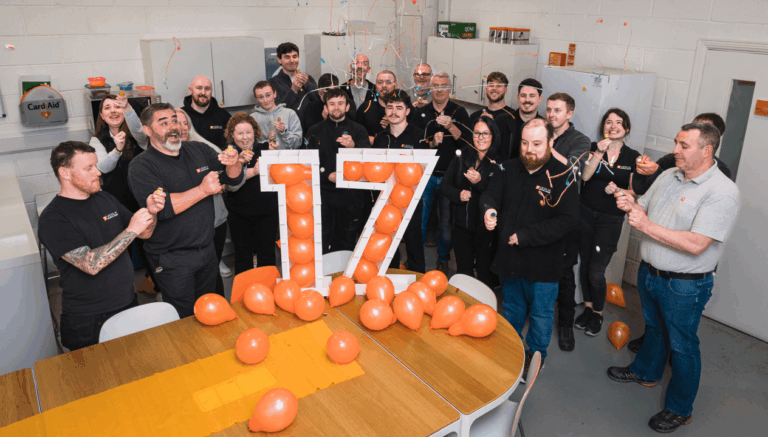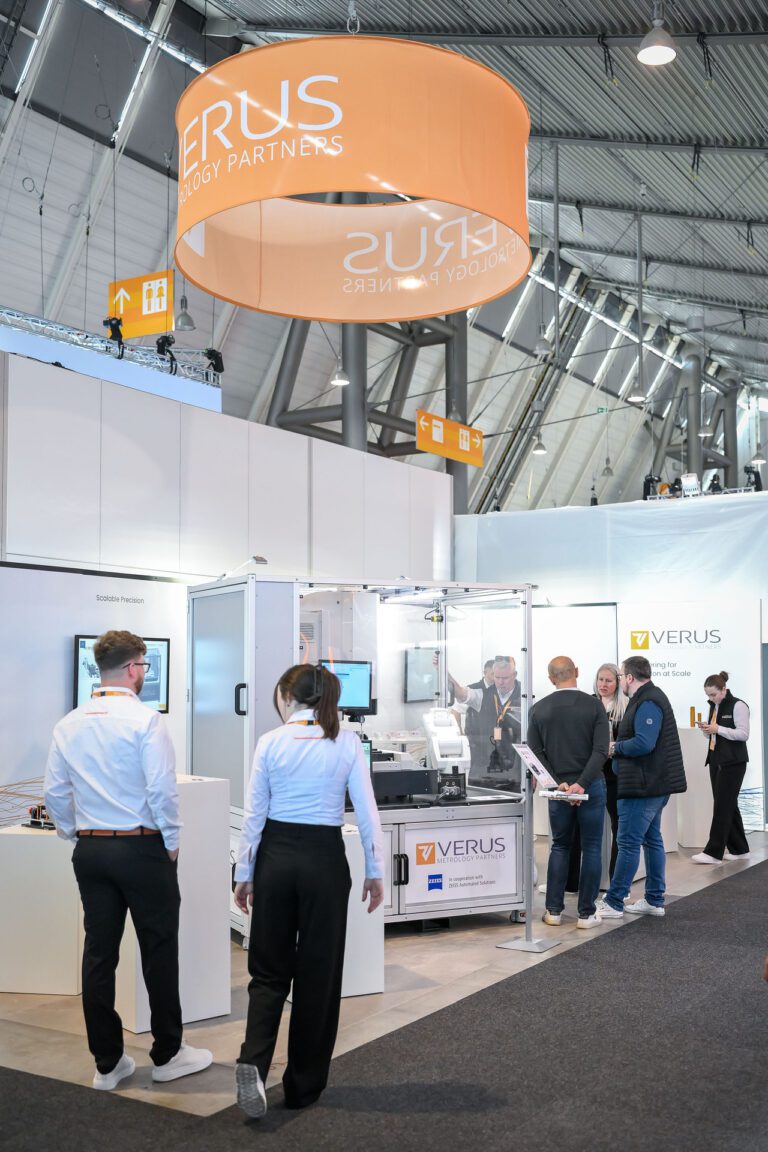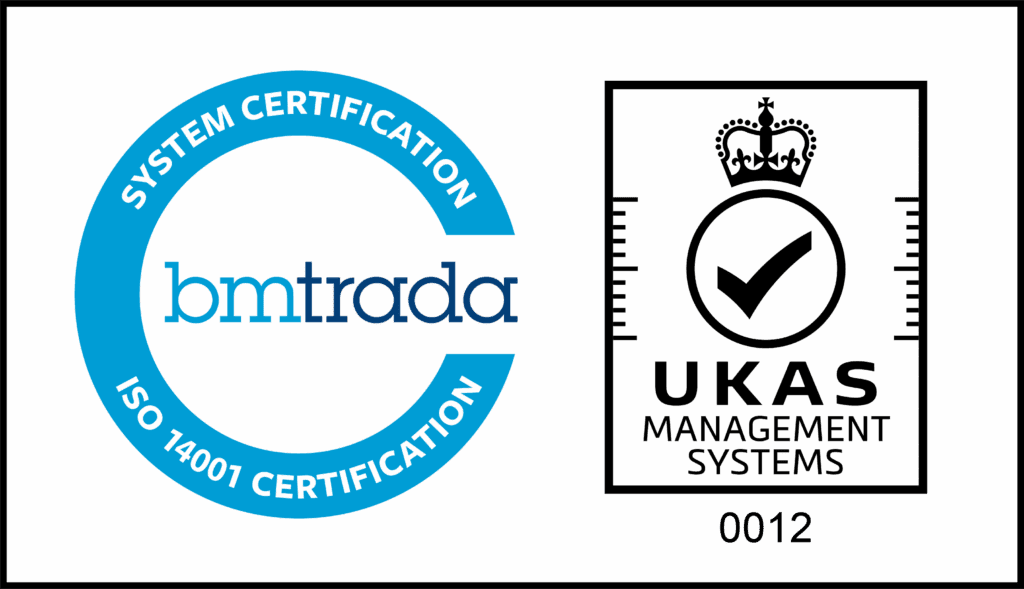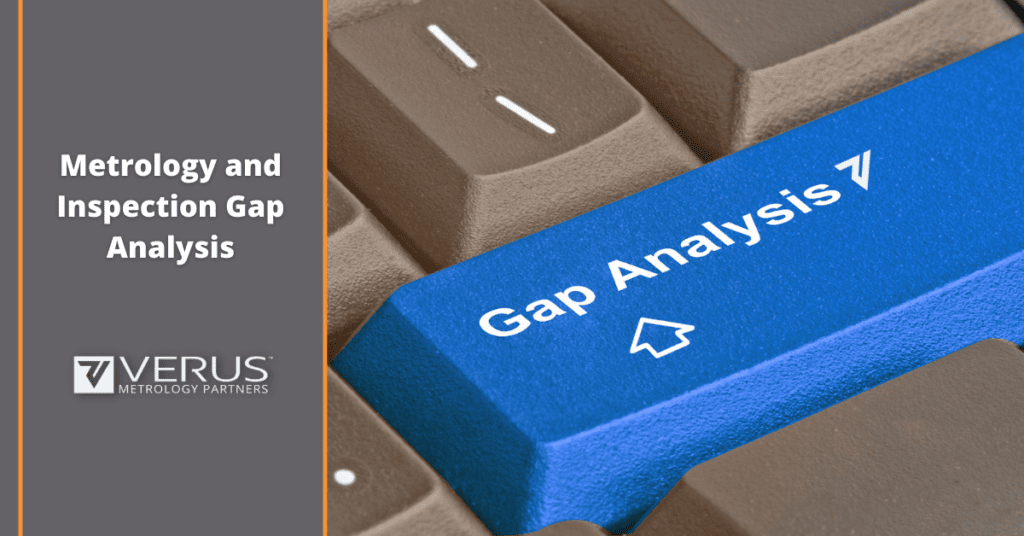
To remain competitive, compliant, and profitable, there needs to be a continuous drive for improvement in all elements of a medical device manufacturing operation. For example, there has been a push forward in recent years in the adoption of automation technologies as well as technologies that fall under the Industry 4.0 umbrella. There is the same need for improvement in quality assurance processes and, specifically, metrology and inspection processes.
This requirement to continuously improve is where metrology and inspection gap analysis becomes important.
What Is Metrology and Inspection Gap Analysis?
In general, gap analysis involves defining what you are doing, how it could be done in the future, and the benefits of making the recommended changes.
In metrology and inspection specifically, the gap analysis process looks at your current metrology and inspection procedures. This will include assessing the machines and equipment that you use, as well as the software.
A gap analysis will assess the metrology and inspection process, too, from the point where the component leaves the production line to the completion of the inspection. The assessment will also include looking at the involvement of operators and the steps they need to take to complete the inspection process, as well as how data is captured, stored, processed, and transmitted.
The Objectives of Metrology and Inspection Gap Analysis
- Minimize the requirement for operator intervention
- Reduce the number of steps required for metrology and inspection processes
- Minimize the risk of human error where operator intervention is essential
- Ensure maximum repeatability and reproducibility
- Automate data collection and optimize the use of data to improve quality control processes
- Ensure quality staff have a sufficient level of skill
- Future proof the metrology and inspection process
The Benefits of Metrology and Inspection Gap Analysis
Metrology and inspection gap analysis is important in all manufacturing environments, but there is an added level of importance in industries like medical device manufacturing. Medical device manufacturing is generally high-speed and high-volume, plus there are significant compliance requirements.
Taking these points about medical device manufacturing into consideration, examples of the benefits of metrology and inspection gap analysis include:
- Improving compliance processes by ensuring inspection and validation are fully streamlined
- Improving product quality and enhancing product safety through optimized processes and fit-for-purpose machines, equipment, and fixtures.
- Automating data processes to improve the use of data, including traceability and quality assurance optimization
- Optimizing the use of quality department resources by identifying opportunities for metrology and inspection automation.
- Bridging skills gaps by first understanding where the gaps exist and then recommending suitable training.
- Improving production line efficiency through the identification of inline inspection opportunities.
Suitable for All Metrology and Inspection Processes, Even Those that Are Working Well
Even if you have a metrology and inspection process that is working for your organization, conducting a gap analysis is still a worthwhile exercise. The gap analysis process could identify opportunities for further improvements, such as those outlined above. It can also stress-test your current metrology and inspection processes to find potential weaknesses in certain scenarios.
For example, what would be the impact on quality control and inspection if there was a spike in demand for a component or product? How would your metrology and inspection processes be impacted by a change in product design, especially in relation to materials, the complexity of the device, or a decrease in component size?
The above are just some examples. An effective gap analysis process will look at your facility, production line, processes, workflows, and future plans to understand if and where improvements can be made.
Ultimately, a Metrology Gap Analysis is About Delivering Value and ROI
In the field of metrology and inspection, technologies, machines, and processes continuously advance and improve. However, it is important to point out that a gap analysis is not about recommending a switch to the latest and most expensive equipment, or the latest leading-edge (and probably unrefined) inspection process.
Effective gap analysis is instead about identifying value for your quality control and manufacturing operations. It is also about ensuring there is a clear return on investment that can be achieved by implementing the recommended improvements. At Verus Metrology, we believe that just because something can be done doesn’t mean it should be done. With metrology and inspection, all processes, machines, and equipment need to be right for your business. This is what gap analysis can achieve. Get in touch with us today if you would like to find out more.




